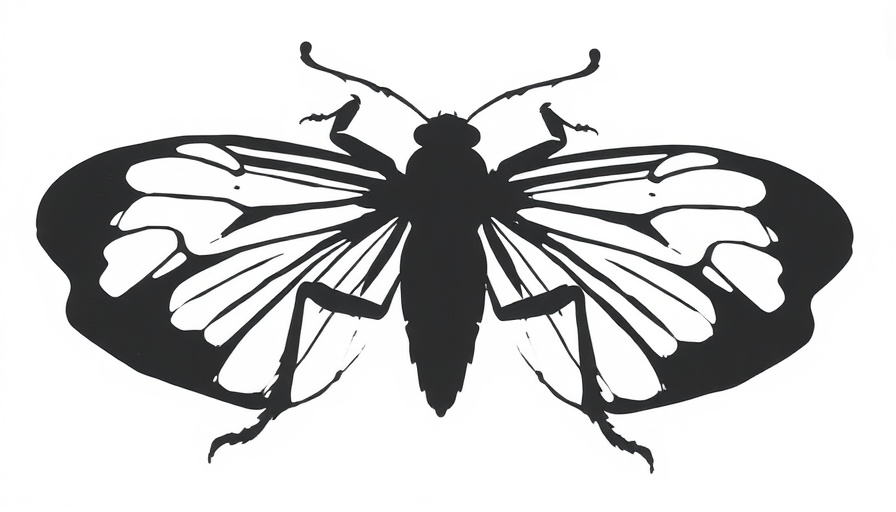
Reviving an Old Solution to Combat a New Threat
The recent plans announced by the U.S. Department of Agriculture (USDA) to wage war against the New World screwworm are both innovative and unusual. By breeding and releasing billions of sterile flies, the USDA aims to quell the resurgence of this dangerous pest that threatens livestock and wildlife across the southern U.S. and Mexico. This method, known as the Sterile Insect Technique (SIT), offers a glimpse into how advanced entomological science is being utilized to combat serious agricultural threats.
The Science Behind the Sterile Insect Technique
The SIT has been used successfully in the past, notably between 1962 and 1975 when it helped eradicate screwworms from North America. By flooding an area with sterilized male flies, the reproductive capabilities of the local population are significantly reduced. Female screwworms mate only once, meaning that if they pair with a sterile male, no fertile offspring will be produced. This biological strategy effectively crashes the pest population over time.
With the screwworm larvae feeding on the flesh of warm-blooded animals, the stakes couldn't be higher. A single infestation can devastate an animal in just two weeks, jeopardizing livestock and even pets. The fleshing feeding behavior and the speed at which the pest can propagate underscores the urgency of the USDA's efforts.
Logistical Challenges and Historical Context
To kickstart this ambitious campaign, the USDA plans to establish a new fly factory in southern Mexico by 2026, along with a distribution hub in Texas by the end of this year. This will allow quick response capabilities to prevent the spread of the screwworm, whose return was first noted in 2024. The historical effort of releasing over 94 billion sterile flies from 1962 to 1975 has set a precedent of efficacy, but the logistics of fly production now present their own set of challenges. Producing these flies is labor-intensive, requiring specialized diets and careful handling processes.
Current Events and Economic Implications
Currently, the return of the screwworm has led to heightened agricultural awareness, as evidenced by the temporary closure of the U.S. border to live imports of cattle and other livestock. This could have devastating effects on the beef industry, which is a major economic driver in regions vulnerable to such infestations. The USDA's proactive measures — including an $8.5 million investment in the Texas facility and $21 million for the fly production facility in Mexico — indicate the seriousness with which federal agencies are addressing this crisis.
Public Interest and Potential Future Developments
The looming question remains: will this method suffice to control or eradicate the screwworm threat once and for all? Given the high stakes, this is not just a matter of agricultural concern but a public health issue as well, as the pest has the potential to affect humans. The use of technology in pest control reflects a movement towards integrating science with traditional agricultural practices, opening the door for potential innovations in pest management strategies down the line.
Taking Action to Stay Informed
For livestock owners, farmers, and the public, understanding the implications of the USDA’s plan and the science behind it is crucial. As developments unfold, staying informed can help mitigate risks associated with the re-emergence of pests like the screwworm. Follow national news headlines to learn about updates that could impact agriculture and food supply in affected areas.
The ongoing strategy by the USDA exemplifies an interesting intersection of environmental science and agricultural sustainability. As this initiative progresses, its outcomes could lead to advancements in pest control and provide valuable insights for future pest management efforts worldwide.
 Add Element
Add Element  Add Row
Add Row 



Write A Comment